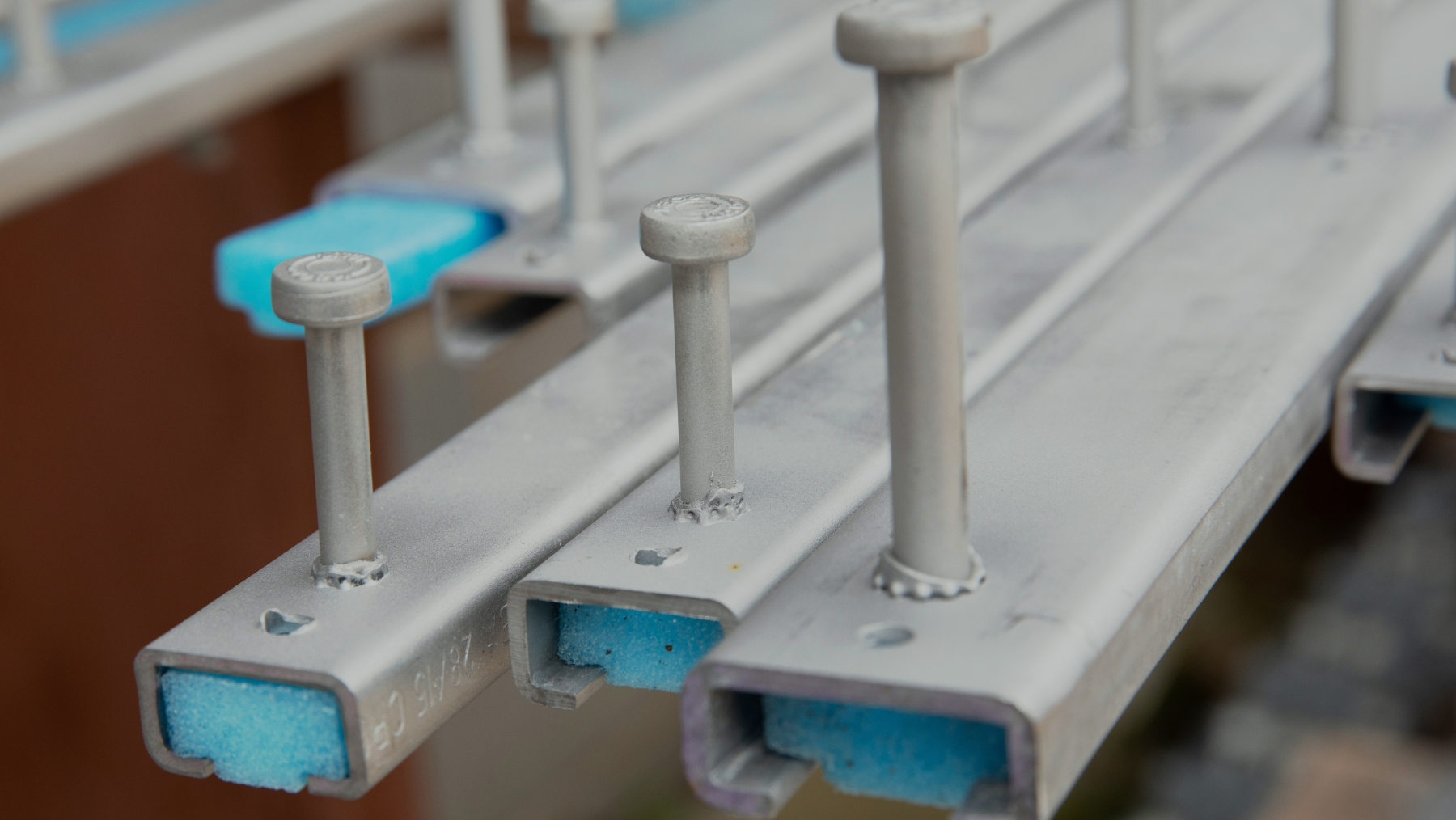How do material grades affect product use?

The purpose of grading steel is to classify the various available options by their composition and physical properties. Every material will have a grade, designated by numbers, letters or sometimes a combination of both, so that its suitability for different applications can be easily assessed.
From the very beginning of a project, it’s vital that you know exactly which grade you should be using. But with so many options and variables to take into account – not to mention the fact a material’s grade might not be immediately clear – it can be difficult knowing which you should choose.
To that end, we’ve rounded up a few considerations that may help to narrow down the right material for your project.

What do industry guidelines dictate?
Although we’re equipped at CFS to advise on suitable materials, our specifications often come from either our clients or NHBC guidelines/building regulations. With that in mind, most of our products tend to be stainless steel, zinc-plated and hot dip galvanised. During the planning stage of a project, it’s always worth checking what recommendations the NHBC might offer regarding the materials you should be using.
Will the steel be exposed to the elements?
On a very basic level, the rule of thumb is that when a material will be exposed to the elements, stainless steel should be used. If it won’t be exposed, zinc-plated or galvanised steel can be used instead.
Another factor to consider is whether you’re working in a marine environment. Generally speaking, stainless steel comes in two commonly used grades: 304 and 316. 304 is the standard application for stainless steel, offering decent corrosion resistance properties and some resistance to a marine environment. But if a project is near the sea, it will require the higher corrosive resistance class, which is 316.
Should you consider Duplex?
You may want to consider using Duplex, which has the same equivalent corrosive resistance as 316 (or higher) but has a much higher yield strength than 304 or 316. At CFS, we usually use Duplex for high-capacity channels. With channels, concrete tends to be the leading factor. But with a large enough channel – such as a 52/34 or 50/31 – steel failure can become a governing factor instead, and that’s when a high-strength steel like duplex may come into play.
Are you risking bimetallic corrosion?
It’s important to be wary of bimetallic corrosion, an accelerated corrosion which is caused by pairing two dissimilar metals. In essence, the rule is that corresponding channels and brackets should always be cast in the same material. So, a hot dip galvanised channel should be paired with hot dip galvanised brackets, or a stainless steel channel should be paired with stainless steel brackets.
Have you checked for markings?
From product to product, grade isn’t always crystal clear. Some materials will have a marking, although it will be in a different place every time. If you’re in doubt about your requirements, we have included materials table on each product. Alternatively, don’t hesitate to speak with our technical department - just send an email to technical@cfsfixings.com.

